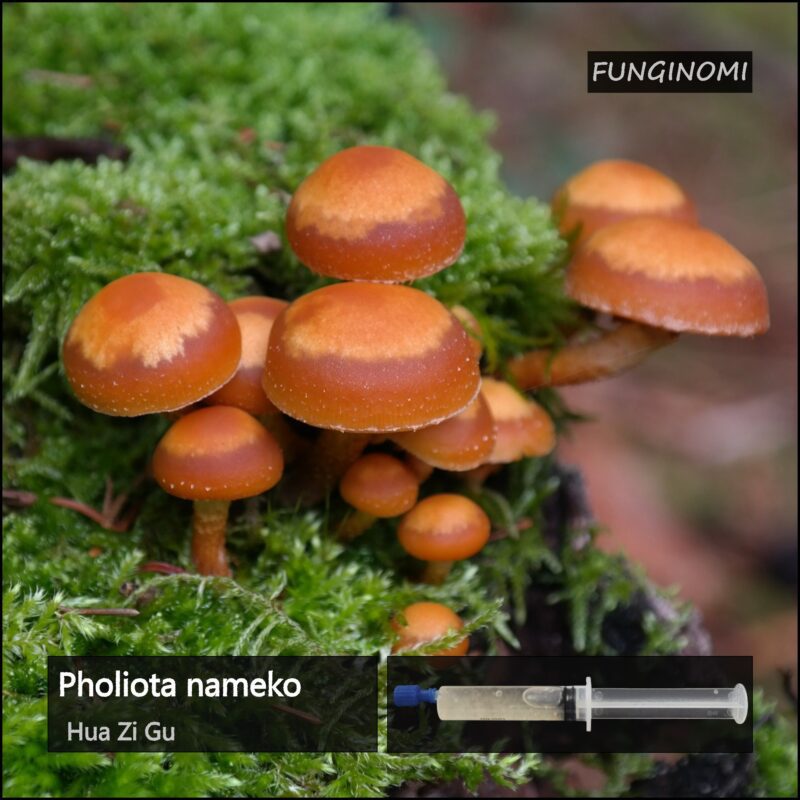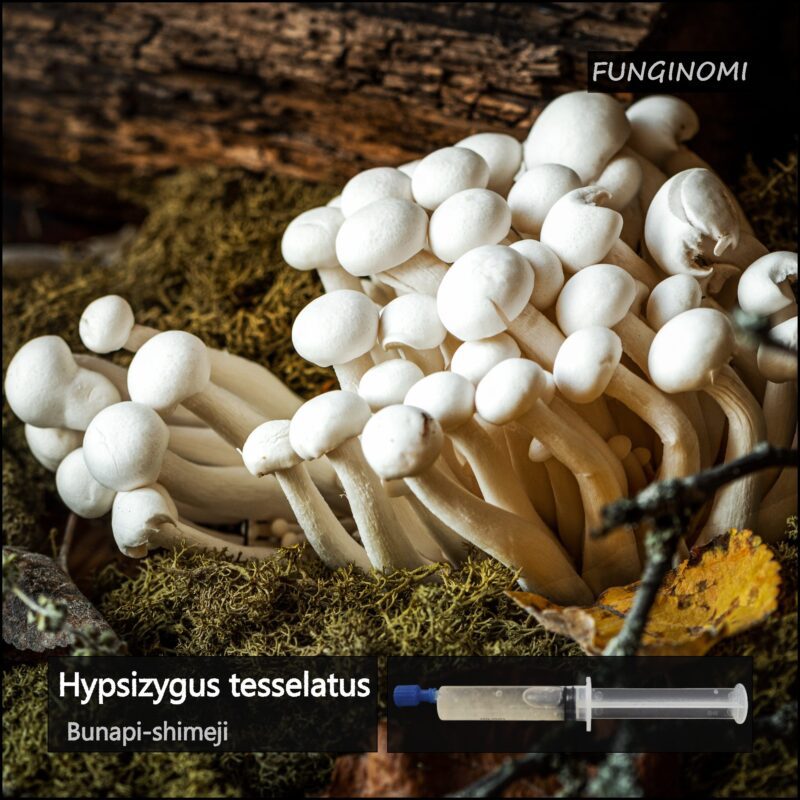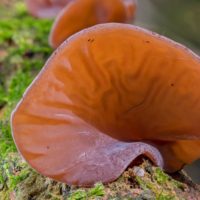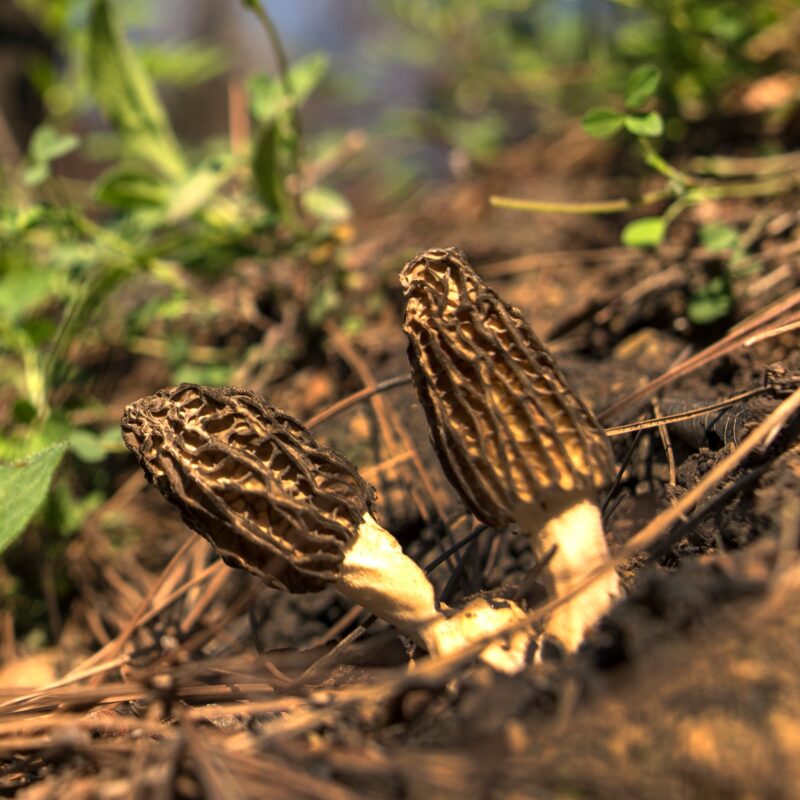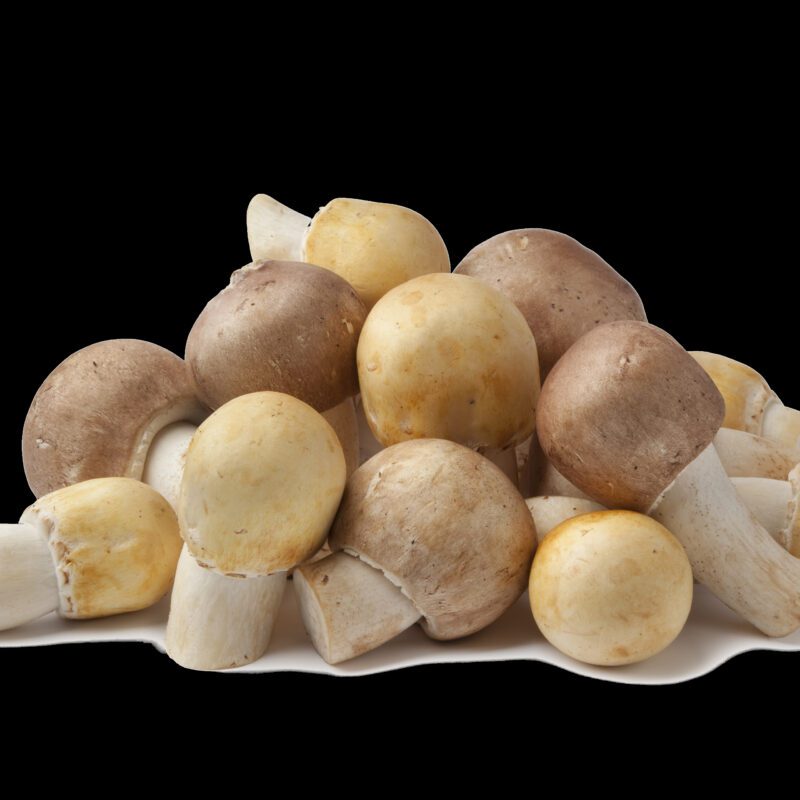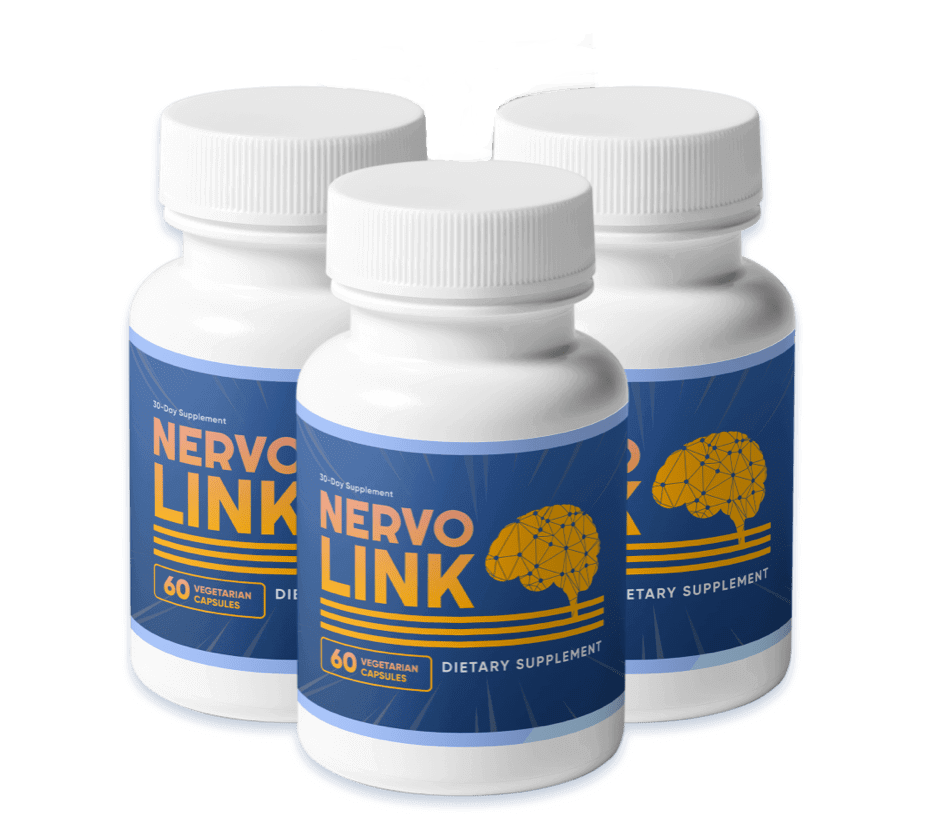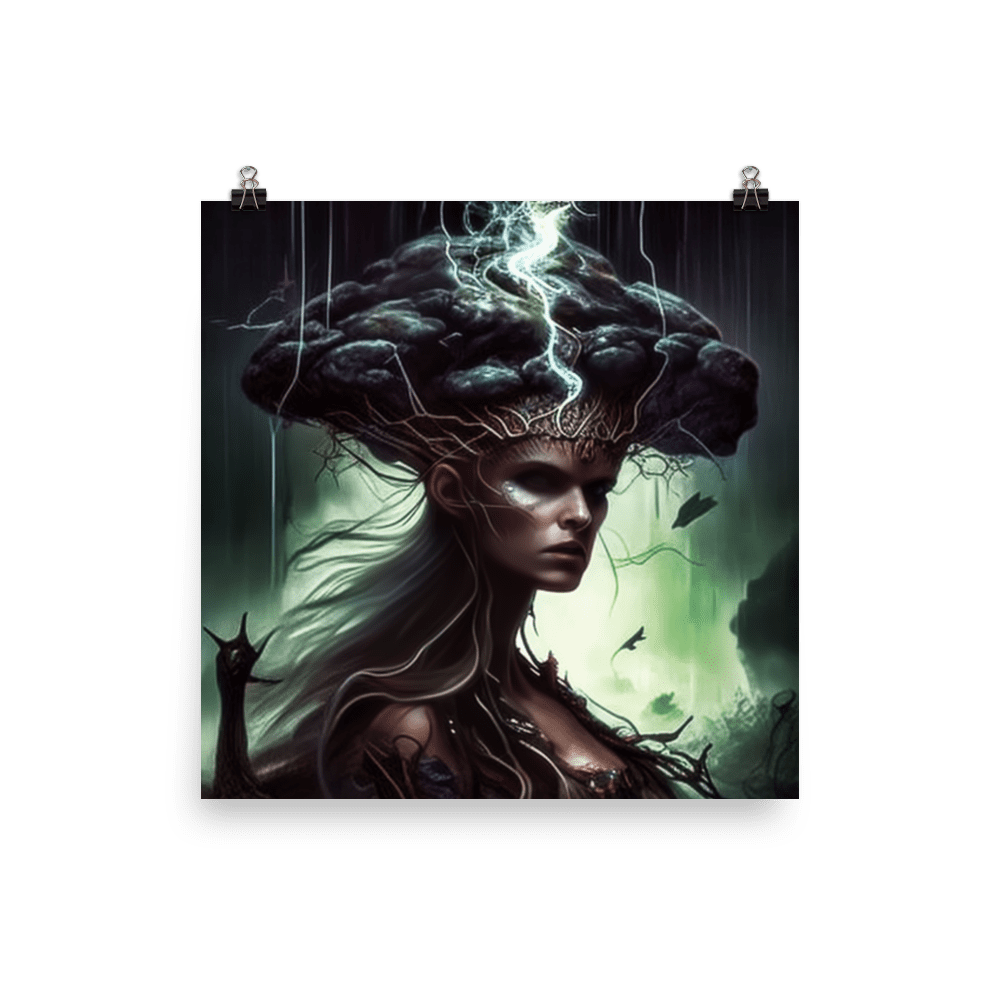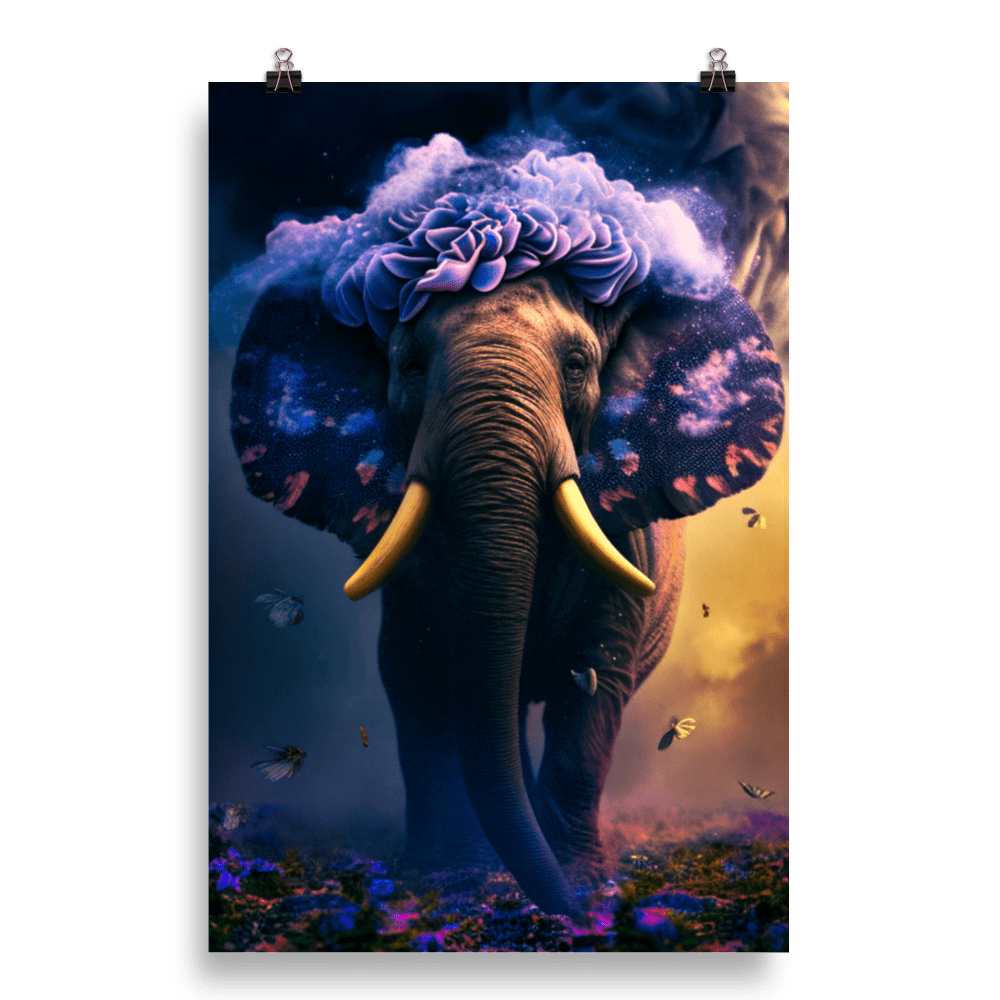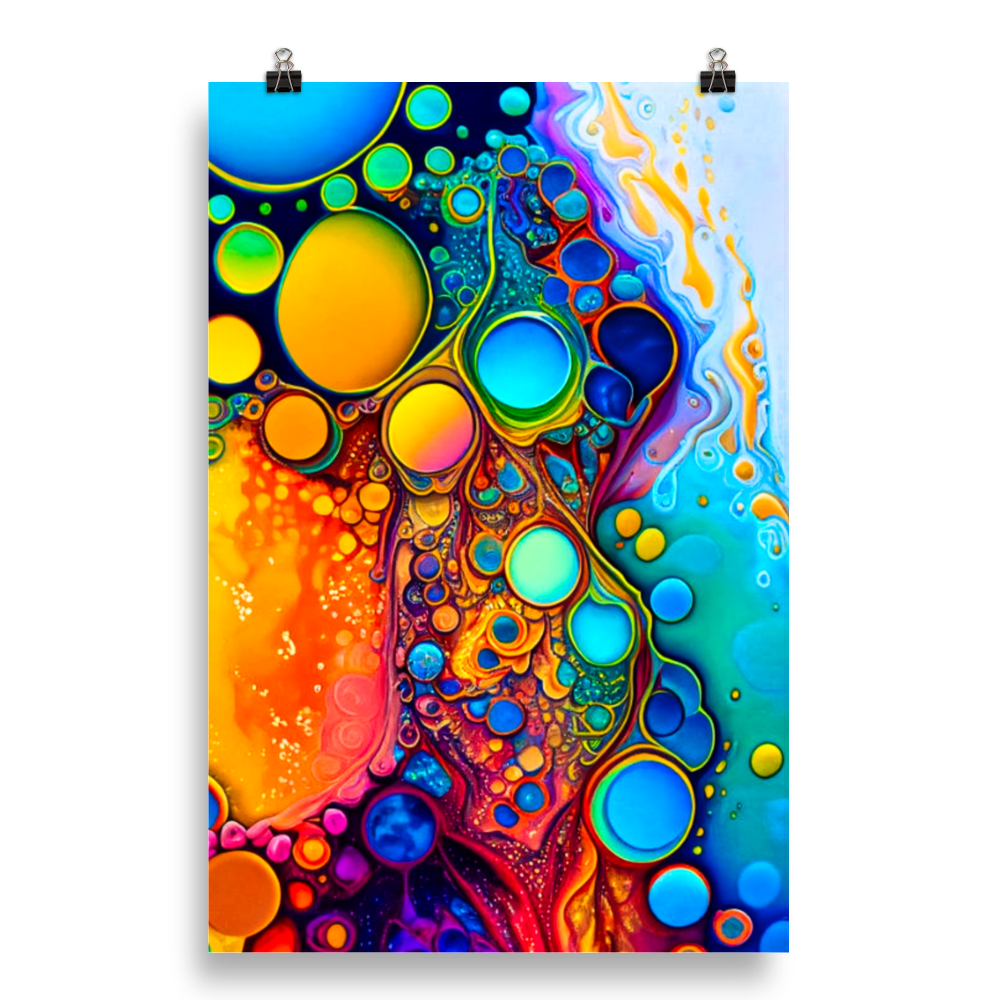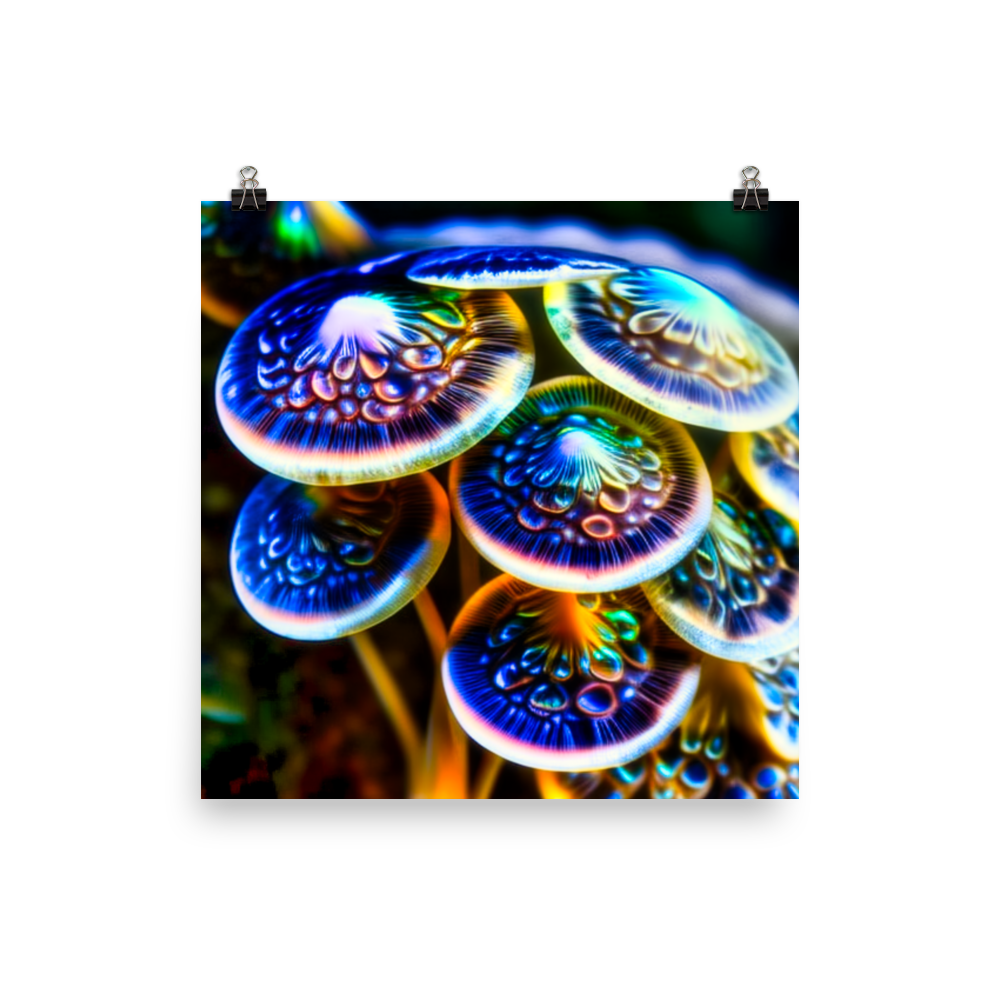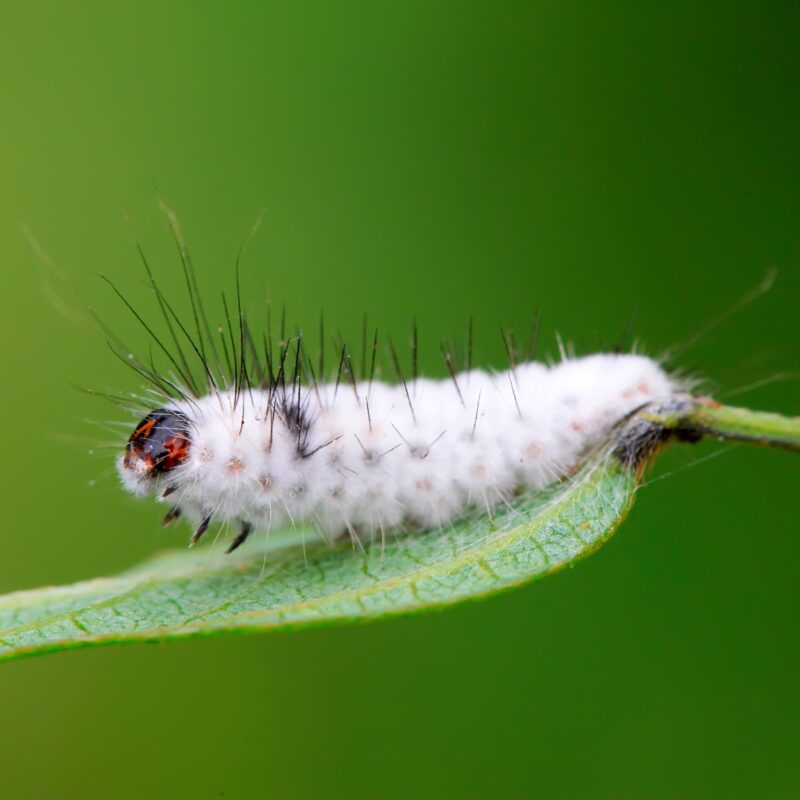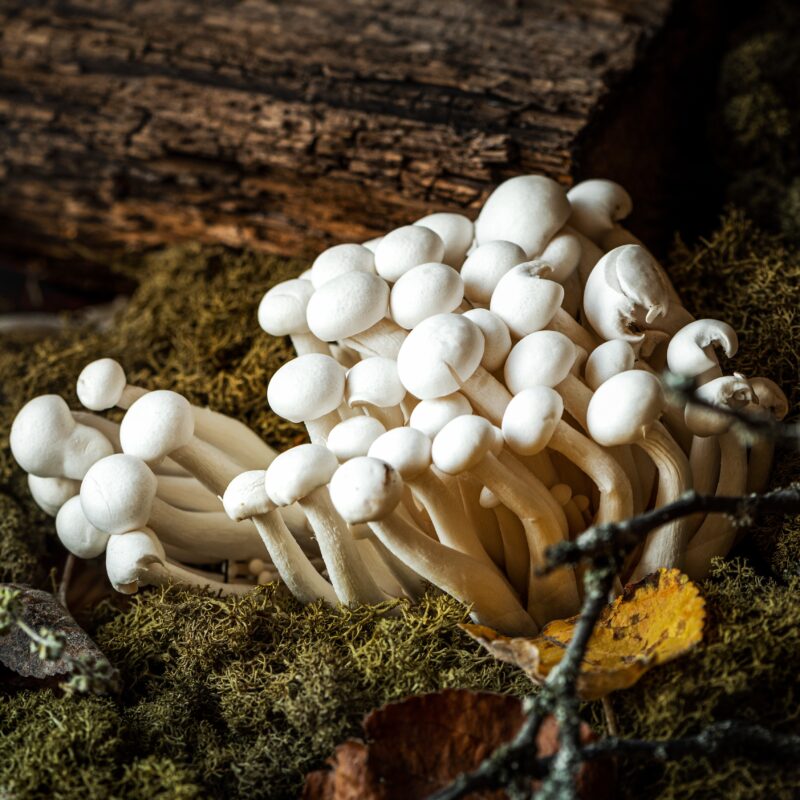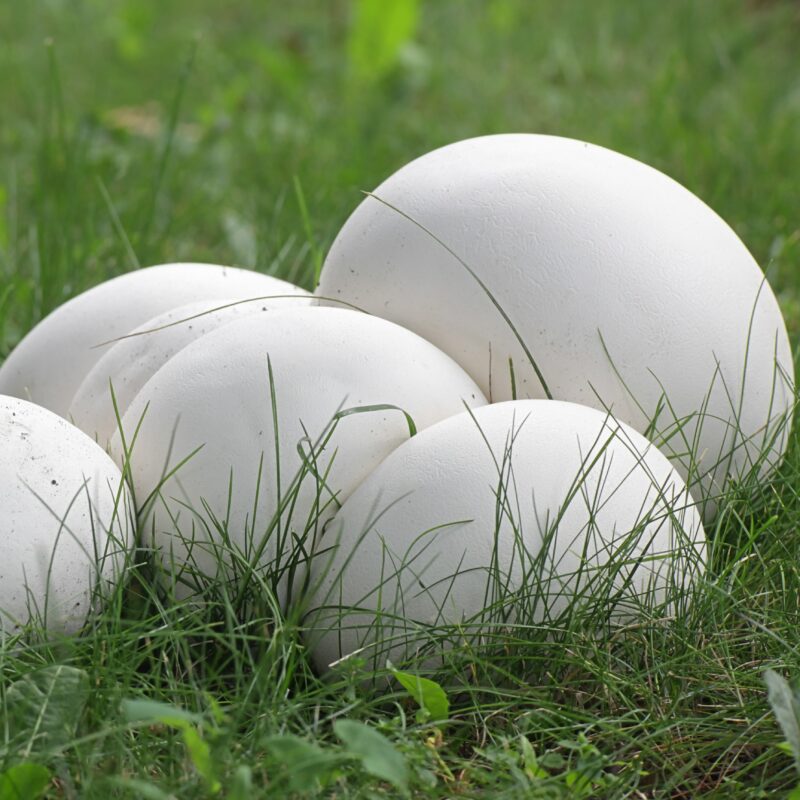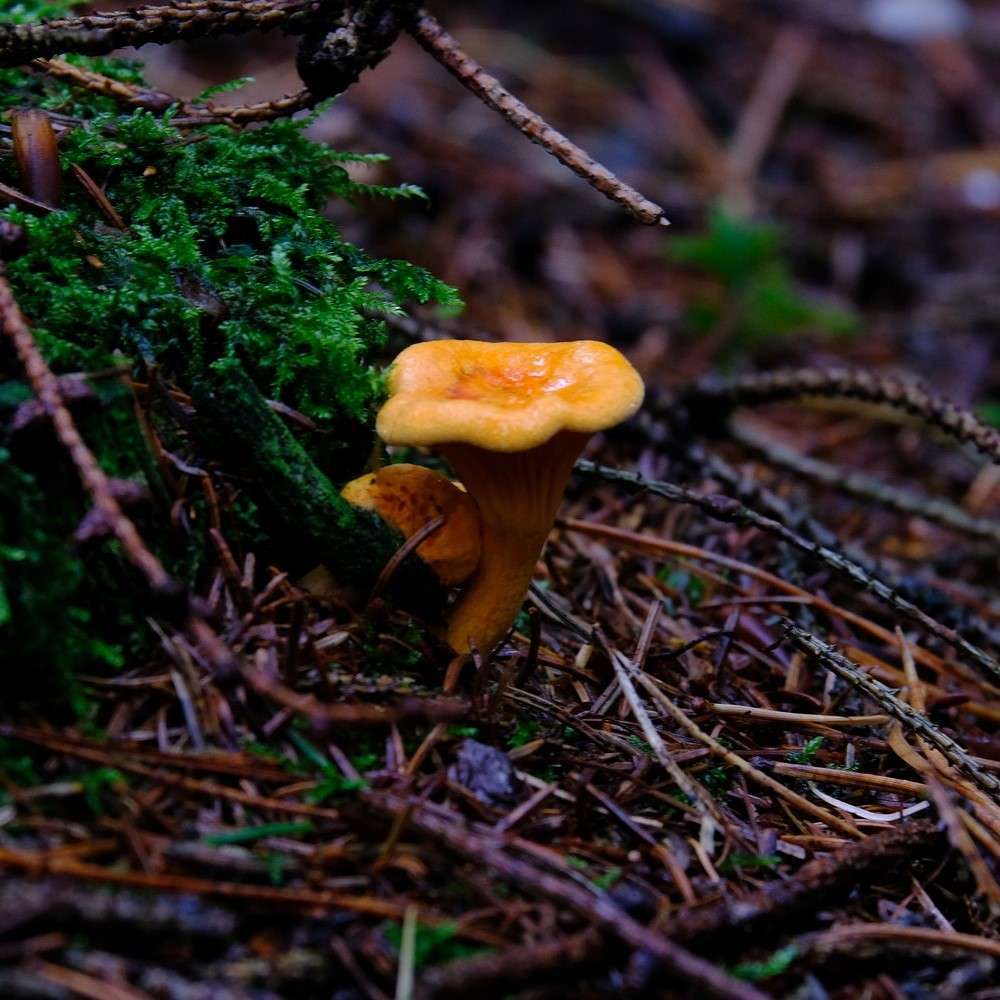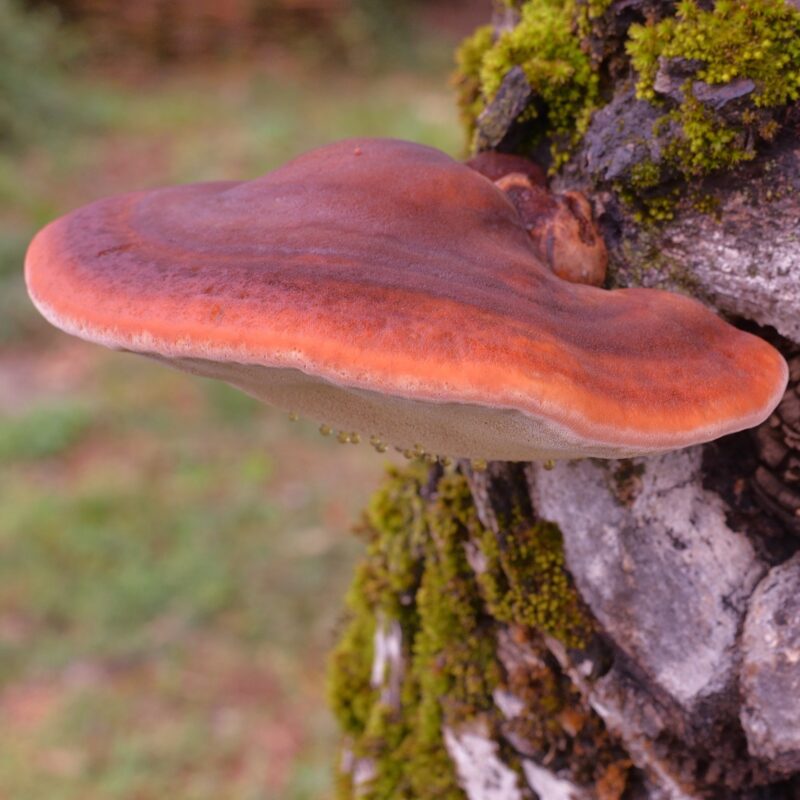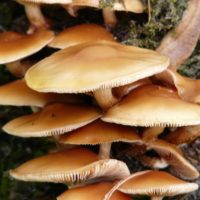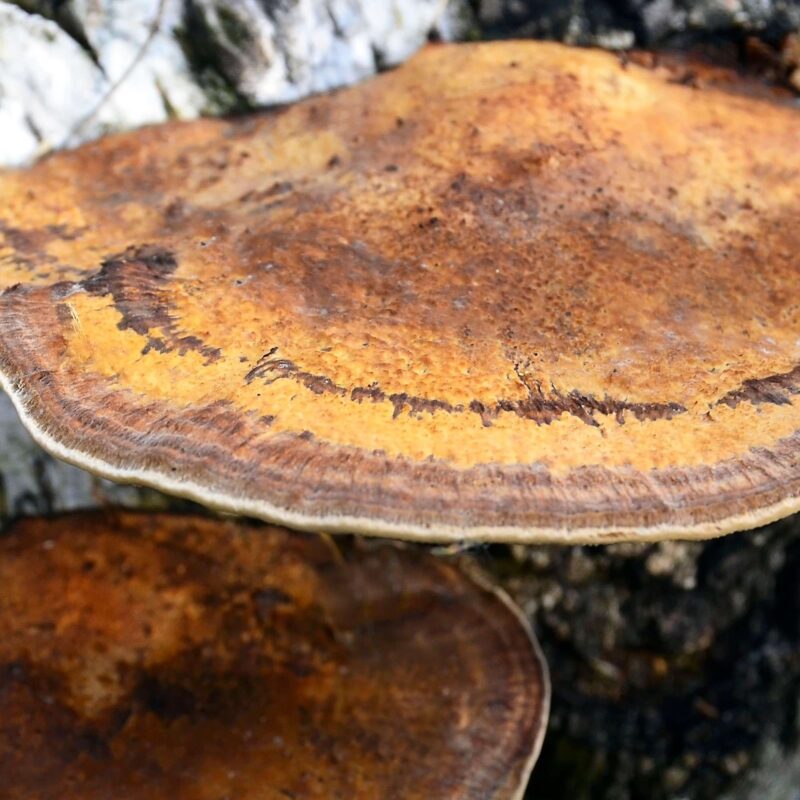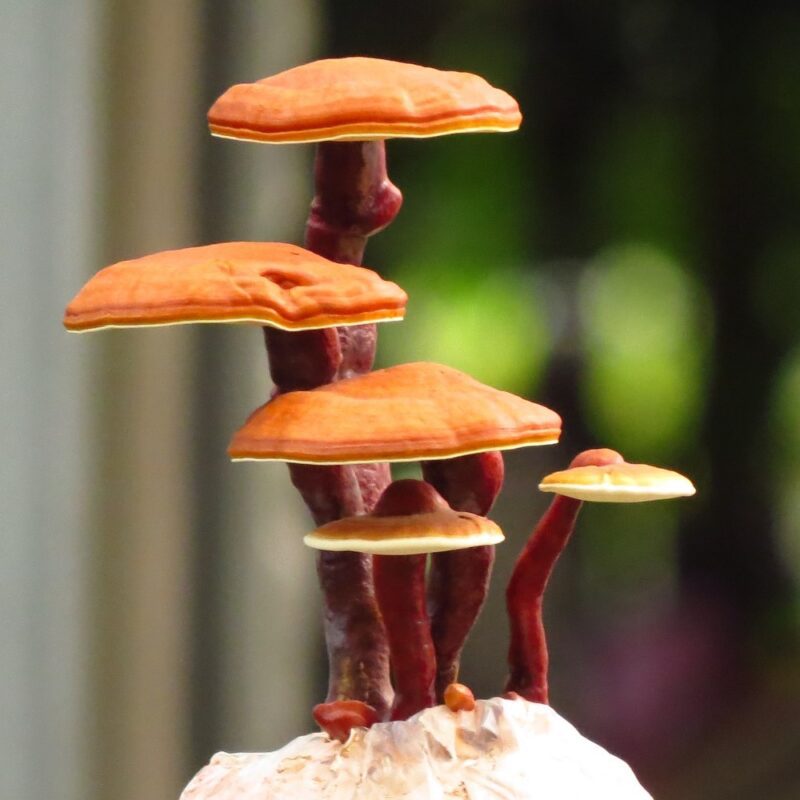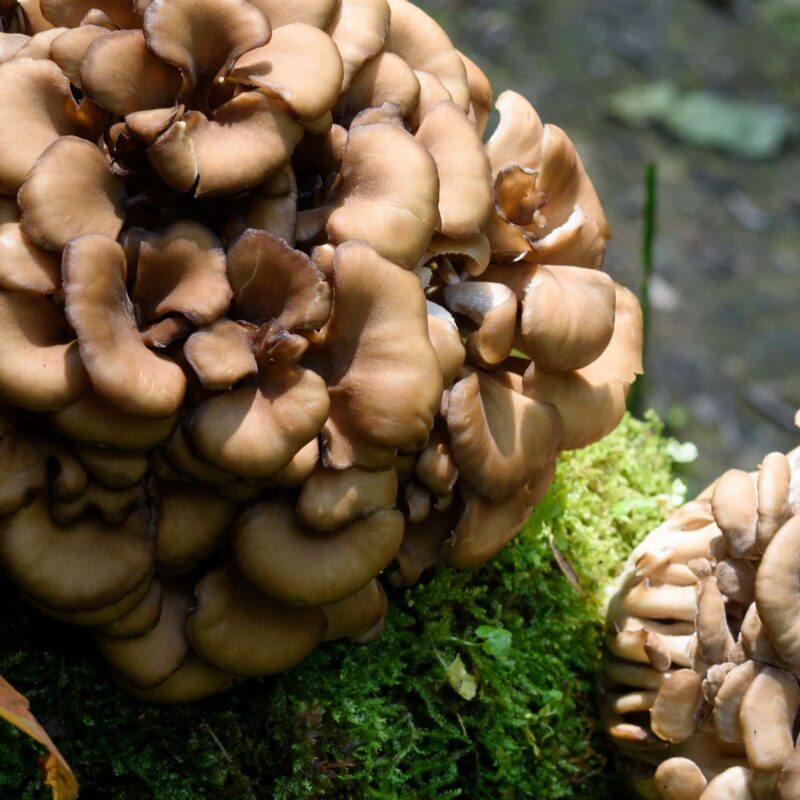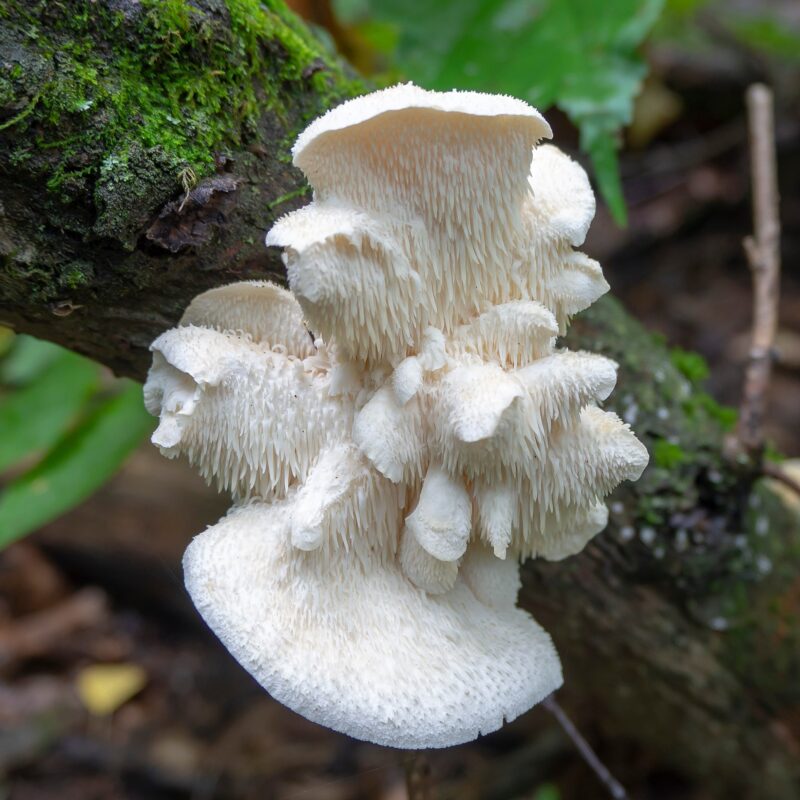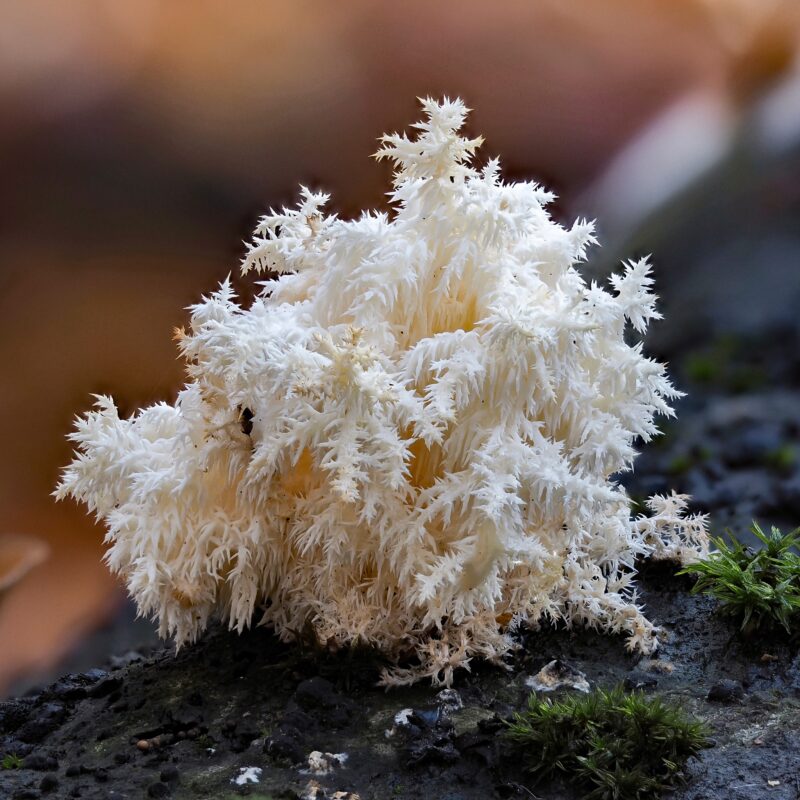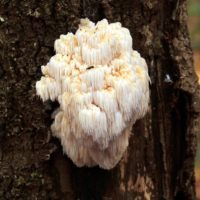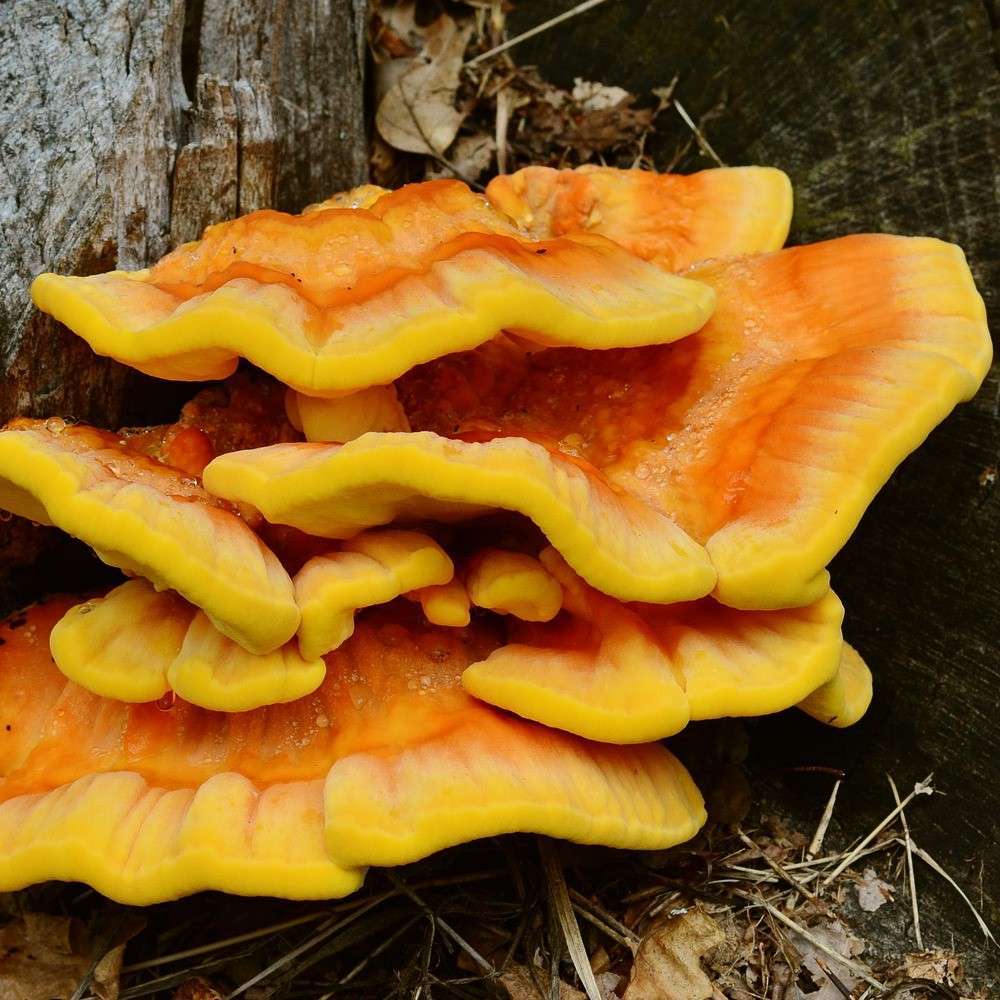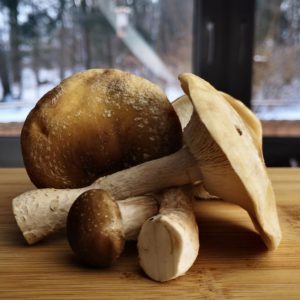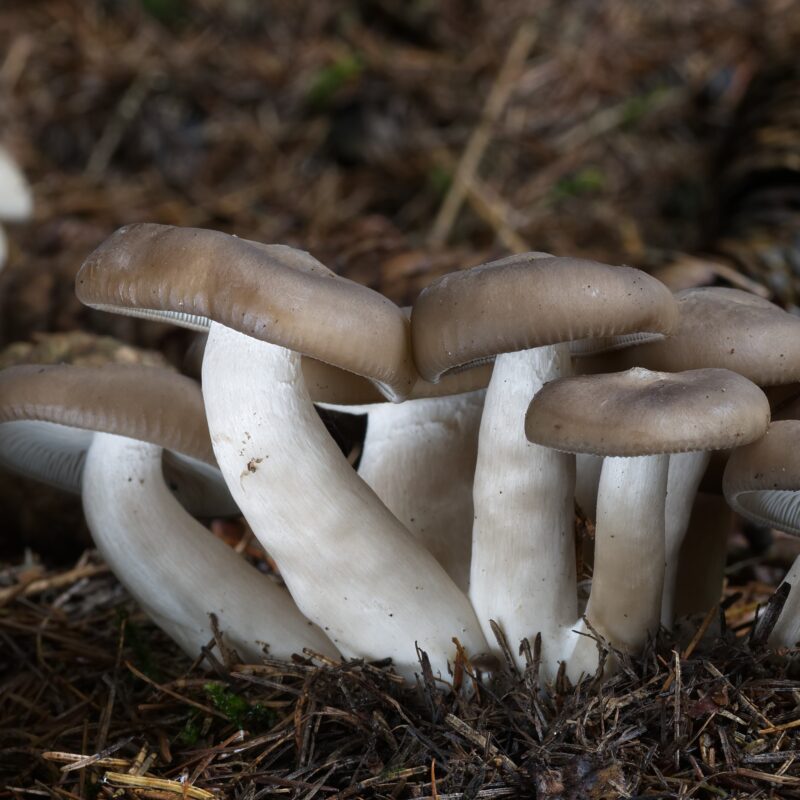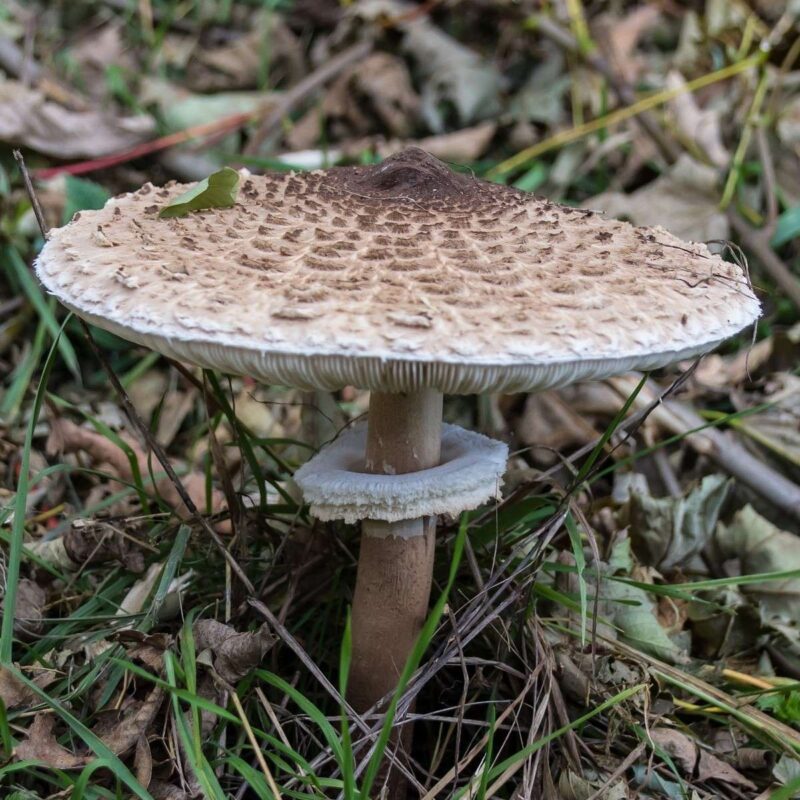Description
Properties
Pleurotus columbinus is a widespread, very tasty mushroom. It is actually parasitic, but can quickly switch to a saprobiontic lifestyle and is therefore easy to grow.
One of the main reasons for its success is its ability to digest all possible and impossible substrates. The peculiarity of being able to utilize various organic wastes makes it an indispensable source of food, especially in the third world.
You can grow Blue Oyster Mushrooms on banana stumps or on waste paper. They grow just as well on your old boiled jeans as they do on soaked bales of straw. Toilet paper rolls and compost piles are also not spurned.
The special ability of Pleurotus columbinus to train it to a particular substrate predestines it for biological decontamination. This type of organic remediation, known in English as mycoremediation, is increasingly being used around the world. Oyster mushrooms can be used to purify water, decontaminate heavily contaminated industrial subsoils, recycle used baby diapers, and much more.
– generally strengthens the immune system
– contains many vitamins (especially vitamins B and D)
– antioxidant
– it supports cell defense and can inhibit the spread of cancer (metastasis)
– supports the multiplication of benign bacteria in the intestinal area. Particularly indicated after antibiotic therapy and to rebuild these positive germs. It has a relaxing effect on joints and muscles and strengthens the veins and arteries.
– Pleurotus columbinus should be cancer, blood pressure, blood sugar and cholesterol lowering
– preventive effect in osteoporosis and strengthens bones in general. Relieves pain in the lower back and accelerates its regeneration.!!! It contains the so-called pleurotolysin, which is similar to the ingredients of bee venom and can lead to the gradual destruction of red blood cells by the so-called haemolysins. However, this poison is destroyed by heat. So always cook well!
Pleurotus columbinus is one of only a few fungi that naturally synthesize a chemical called lovastatin. Lovastatin is part of the statin family of drugs, meaning that it inhibits the production of cholesterol in the body and can potentially lower LDL cholesterol. Lovastatin can also be found naturally in Red Yeast Rice and is manufactured commercially from Aspergillus terreus.
Lovastatin works by inhibiting the activity of the enzyme HMG-CoA reductase, which acts as the rate limiting step to the synthesis of cholesterol in the body. This serves to help prevent hypercholesterolemia, or high cholesterol, which is a major risk factor in cardiovascular disease. Studies in rats support the cholesterol lowering effects of ingesting Pleurotus ostreatus, which naturally contains about 2.8% Lovastatin by weight.
HMG-CoA reductase serves as the rate limiting enzyme for cholesterol production. The conversion of HMG-CoA to mevalonate by HMG-CoA reductase is blocked by Lovastatin.

© Justin (Tmethyl)
1. Growing
Affiliate Partner
Growing Procedure
Pleurotus columbinus grows on over-broiled straw pellets and other simple substrates, as well as on logs and stumps. There are no limits to your imagination in the choice of substrate, oyster mushrooms digest various raw materials, for which you may not even have to pay money. You will achieve the best breeding success with a sterile, well enriched substrate based on hardwood. You do not have to plan for long incubation times, the fungus usually fruits immediately after colonization of the substrate is complete. You can also achieve beautiful results in autumn/winter outdoors
Like all species of seitlings, the pigeon blue oyster mushroom likes good air exchange as well as good air movement (fanning) in the growing room.
Maintaining a CO² level below 1000 ppm in the room air and sufficient ventilation will ensure that the fruiting bodies develop without the stalk becoming long and thus tough. As classic side-fruiters, the fruiting bodies naturally develop in clusters without much stem content.
Although not mandatory, this genetic line also benefits from a 24-hour cold shock, which you can do just before opening the culture, called “birthing”.
Rather, avoid exposing the substrate to large areas for fruiting. By doing so, you will only encourage the formation of abortions, which will not develop into real fungi and will only cost the culture unnecessary strength. More yield you definitely do not have a larger surface area. In addition, the culture dries out much faster. You should avoid subsequent watering as much as possible during the first wave of harvest. Unless you want to invite bacteria, yeasts, molds, and insects to mushroom early on….
To initiate subsequent waves, rewetting, preferably by dipping, is necessary at some point. However, it is better not to start this too early.
Rather, open only a few small “fruiting windows”. For an ideally designed pin set, you will get individual small swarm colonies a few days after fruiting, which will grow into large clumps within a few days.
If you use containers where Pleurotus columbinus can only come out of the top (jars, pots), it is better to put them on their side for fruiting so that the mushroom can grow out the side.
If you are using grow bags that you want to cut open on the side, don’t wait too long to “birthing”. If you can already see mushrooms in the bag, it is actually already too late. Rather, squeeze out all air early, immediately after successful colonization. Fold the upper part of the bag together with the filter patch over the culture instead of cutting it off. Fix the whole thing firmly with adhesive tape. Air holes and cavities should not remain, the fungus may unintentionally fructify there.
Then open the bag with a clean hooked knife in a few places where primordial growth is already evident or can be suspected. The immediate move to the fruiting room with very high humidity, plenty of fresh air, cooler temperatures and light then tells the fungus to get going….
Oyster mushrooms grow on decaying wood and trees, spreading their hyphae into the plant to feed on carbohydrate-rich cellulose. Pleurotus ostreatus in particular, prefers the lignin that makes up the secondary cell walls of hard woods from angiosperm trees.
Pleurotus columbinus has been successfully grown from a variety of substrates including sawdust, newspaper shavings, and even rolls of toilet paper.
S
|
P
|
F
|
|
|---|---|---|---|
Temp °C |
24 | 10-16 | 10-21 |
Relative Humidity % |
85-95 | 95-100 | 85-95 |
Duration d |
12-21 | 4-7 | 4-7 |
CO2 ppm |
>5000 | <1000 | <1000 |
FAE per h |
0-1 | 4-7 | 4-7 |
Light lux |
– | 1000-1500 | 1000-1500 |
Growing
Agar Culture Media: MEA, PDA, MYPA
Cropping Cycle: –
Containers for fruiting: Bales of straw, wood logs, indoor mycelium bags for cultivation in a greenhouse, mushroom bed / patch
Biological efficiencies: –
Substrates: Straw, paper, pulp of coffee beans, coffee grounds, hardwoord: poplar, oak, alder, ash, aspen, maple, birch, beech, willow, elm
Growing Characteristics
Pleurotus columbinus stems and the hat skin are very tough
Natural Habitat
Pleurotus columbinus grows in temperate biomes globally, especially in North America, Europe, and Asia. Recently, it’s even been observed in South America.
mostly on dead coniferous wood, autumn, cultivated all year round
2. Identification
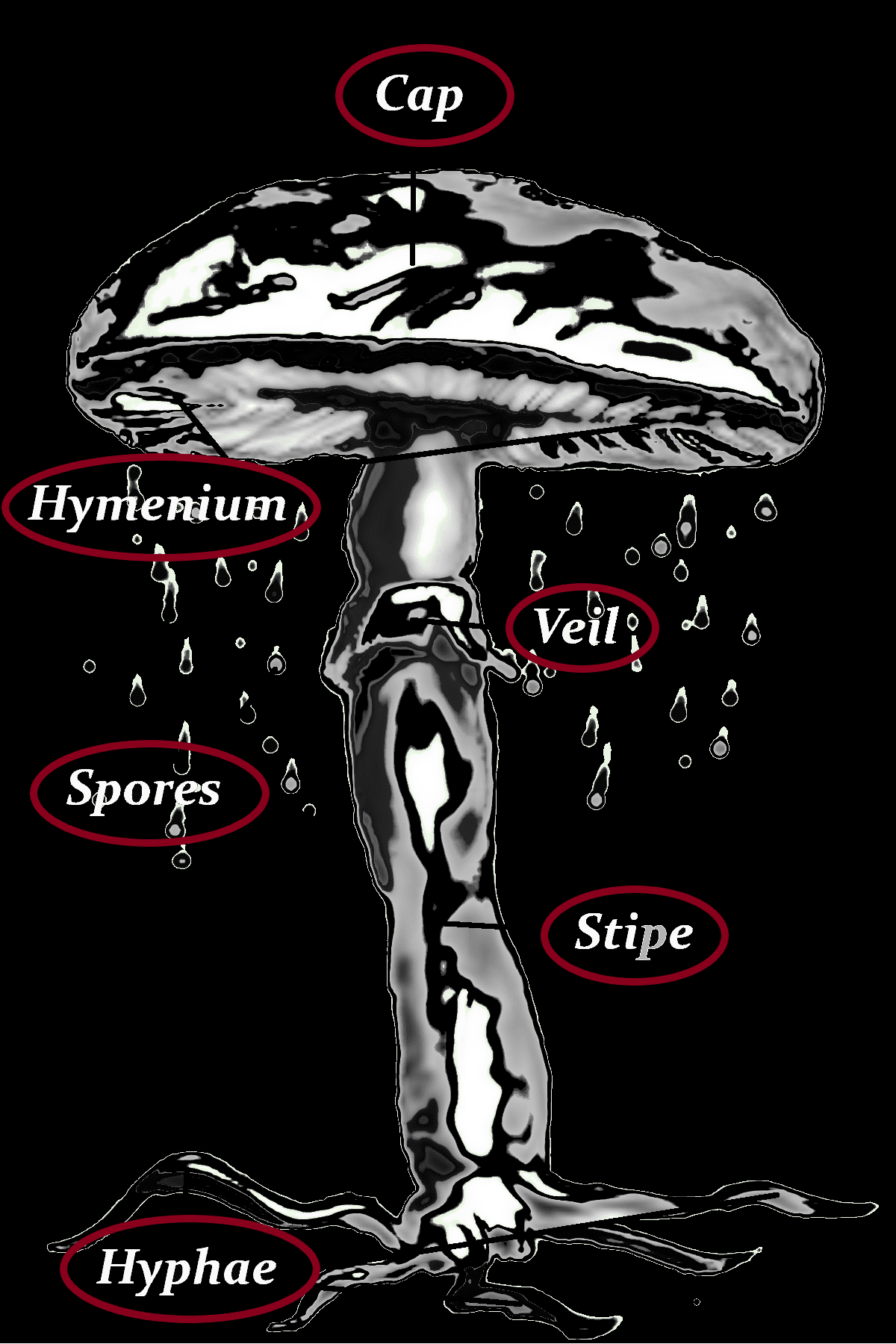
Cap
-1-5 (7) (40) cm Ø
-edge rolled up, irregular
-blue to greenish gray, with a reddish brown, ocher middle, yellowish fading
-bald
Hyphae
-may be monomitic or dimitic
-without binding hyphae
Stipe
-white
-eccentric
-sidewards
-tough-elastic
-base glabrous or hairy and curly
Hymenium
-gills
-whitish, bluish gray
-wide
-running down
-with intermediate lamellas
Spores
-light purple
-(8-11 x 3-4,5 μm)
Danger of confusion
Pleurotus ostreatus , Panellus serotinus, Pleurotus cornucopiae, Pleurocybella porrigens, Pleurotus pulmonarius
Veil
–
3. Consuming
Gourmet
Very tasty – Oyster mushrooms are an excellent source of nutrients, and are a low calorie, low cholesterol, and low fat source of protein, dietary fiber, thiamin, vitamin B6, iron, magnesium, zinc, manganese, niacin, copper, potassium, and antioxidants. Its perfect for roasting or grilling thanks to its firm meat.
Smell
mushroom-like or uncomfortably porous
Taste
mild
Flesh
whitish, firm, somewhat tough
Nutritional content per 100g
| Proximates: | |
| Water | 89.2g |
| Energy (Atwater General Factors) | 41kcal |
| Energy (Atwater Specific Factors) | 33kcal |
| Nitrogen | 0.46g |
| Protein | 2.9g |
| Total lipid (fat) | 0.19g |
| Ash | 0.73g |
| Carbohydrates: | |
| Carbohydrate, by difference | 6.94g |
| Minerals: | |
| Calcium, Ca | <2.5mg |
| Iron, Fe | 0.7mg |
| Magnesium, Mg | 13.9mg |
| Phosphorus, P | 86mg |
| Potassium, K | 282mg |
| Sodium, Na | 1mg |
| Zinc, Zn | 0.68mg |
| Copper, Cu | 106mg |
| Manganese, Mn | 86mg |
| Selenium, Se | 1.4µg |
| Vitamins and Other Components: | |
| Thiamin | 0.07mg |
| Riboflavin | 244mg |
| Niacin | 5.75mg |
| Vitamin B-6 | 99mg |
| Biotin | 7µg |
| Folate, total | 63µg |
| Vitamin D (D2 + D3), International Units | 1.6IU |
| Vitamin D (D2 + D3) | 0.04µg |
| Vitamin D2 (ergocalciferol) | 0.04µg |
| Vitamin D4 | 0µg |
| Phytosterols: | |
| Stigmasterol | <0.2mg |
| Campesterol | <0.2mg |
| Beta-sitosterol | <0.2mg |
| Ergosta-7-enol | 1.31mg |
| Ergosta-7,22-dienol | 0.88mg |
| Ergosta-5,7-dienol | 8.43mg |
| Ergosterol | 58mg |
| Beta-sitostanol | <0.2mg |
| Delta-5-avenasterol | <0.2mg |
| Delta-7-Stigmastenol | <0.2mg |
| Amino acids: | |
| Ergothioneine | 14mg |
© U.S. Department Of Agriculture
4. Data
other names
Pleurotus ostreatus var. columbinus, Blue Oyster, Gray Dove Oyster, Florida Oyster, Tree Oyster, Oyster Shelf, Tree Oyster, Straw Mushroom, Hiratake, Tamogitake, Taubenblauer Seitling, Taubenblauer Austernseitling
| Englisch |
Blue Oyster Mushroom
|
| Tschechisch | hlíva holubí |
| Wissenschaftl. Name |
Pleurotus columbinus
|
| Kingdom | Fungi |
|---|
Division Basidiomycota
Class Agaricomycetes
Order Agaricales
Family Pleurotaceae
Genus Pleurotus
Species Pleurotus columbinus
Ecology Saprotrophic




